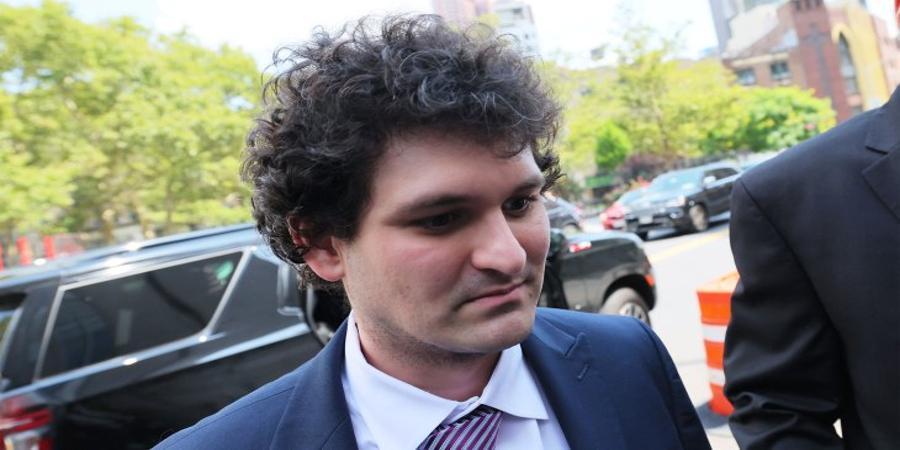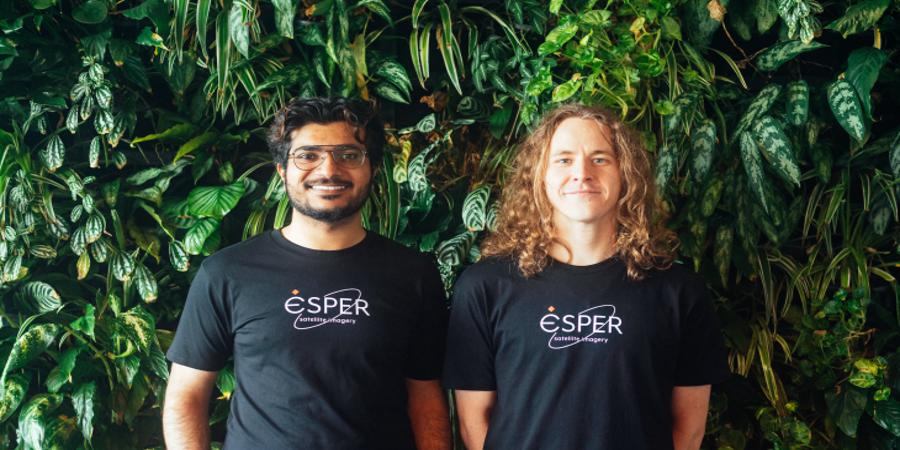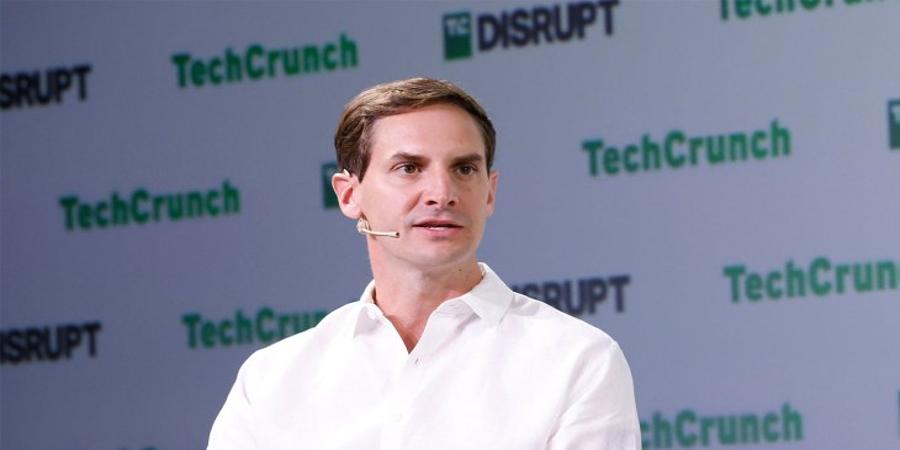Can Sun, former FTX general counsel, took the stand on Thursday to testify on behalf of the prosecution’s case against Sam Bankman-Fried. Sun has a non-prosecution agreement in exchange for his cooperation.
The Yale law school grad joined FTX at the end of August 2021 and stayed until early November 2022 shortly after the crypto exchange collapsed. Before going in-house at the exchange, Sun worked for Fenwick & West, where he also advised FTX as outside counsel.
Once in-house, Sun’s role consisted of various legal functions, like obtaining regulatory licenses for the exchange and dealing with how FTX treated customer assets — or so he thought, he testified. Bankman-Fried had allegedly told him that FTX customer deposits were unequivocally “safeguarded, segregated and protected.”
When asked by prosecutors whether he ever approved FTX’s use of customer assets, Sun replied, “no, absolutely not” and said he was told the customer funds were held in a separate account that didn’t include FTX’s own proprietary funds, and he was not aware Alameda was getting FTX customer deposits.
“In all my conversations with Sam, it was always said that customer assets were “safeguarded, segregated and protected,” Sun said.
During Sun’s testimony, prosecutors highlighted the terms of service, which did not permit the exchange to touch customer funds. (Sun testified he had worked on the TOS but that it was largely finished by the time he joined.) One provision stated that “none of the digital assets in your accounts are the property of, or shall or may be loaned to FTX trading”; there was another that said customers “control the digital assets held in your account.”
Bankman-Fried wore a gray suit that bunched up on his shoulders and neck as he sat. He spent most of the day typing on his laptop or passing notes to his legal team. His parents sat in the same bench they’ve occupied since the start of trial.
When the terms of service were brought up in evidence, Bankman-Fried’s mother, Barbara Fried, looked up the ceiling, took notes, looked at the monitor and then back at her son on rotation. She also put her head in her hands and pressed her thumb to her temple, rubbed her eyes a few times, and looked back at Bankman-Fried during the prosecution’s testimony.
Sun learned that Alameda was not exempt from auto liquidation, which allowed the trading firm to go “infinitely negative,” on FTX’s platform in August or September 2022. “I was shocked … [it] went against everything we told regulators and users.” He added that he was told that Alameda’s liquidation exemption had never been triggered — which other witnesses like FTX co-founder Gary Wang have testified to not be true. Regardless, Sun asked for it to be removed, and he was told that Bankman-Fried and Nishad Singh, head of FTX engineering, said “no.”
Instead, Sun testified that he got the related parties to agree that it would be made clear to users and regulators that the Alameda’s privileges would be changed to delayed liquid mechanisms. It was approved by FTX’s legal team, but it never made it through the business side at the time of FTX’s collapse in November, Sun said.
During cross-examination, Sun said he thought about resigning over the situation, but he didn’t know at the time that it was the same mechanism Alameda used to take FTX funds.
Documenting loans
During Sun’s time at FTX, he was also responsible for documenting loans for FTX. There were over 30 loans he documented where Alameda loaned money to Bankman-Fried, Wang and Singh. He testified that he thought Alameda would make personal loans to the three individuals and inject funds into FTX for capital. “I had no idea customer funds were being used,” Sun said.
Sun created a spreadsheet that kept track of the more than 30 loans made to Bankman-Fried, Wang and Singh; the loans totaled over $2.17 billion. “If they were not on my spreadsheet, I was not aware of them,” Sun said.
Sun also received a personal loan of $2.3 million as part of a “management incentive program” to get him to move to the Bahamas from Hong Kong, shortly after he joined the company. He also got a bonus of $3.5 million in January 2022, about five months after joining FTX.
November talks with Apollo
On November 7, 2022, four days before FTX filed for bankruptcy, Sun joined a call with Apollo Global Management, Ramnik Arora of FTX Ventures and others in an attempt to raise capital from the firm and “help solve the liquidity problem that FTX had for customer withdrawals.”
After an initial call, Apollo asked for FTX’s financial statements and Sun and related parties shared them. “I was shocked because it showed FTX was short $7 billion.”
Sun said he asked questions about how it was calculated — he said the spreadsheet was messy — and he “did not get straight responses,” but instead just “vague answers” from Singh and Bankman-Fried. Looking back at that moment, Sun recalls Bankman-Fried was there “typing away” on his laptop, barely speaking. While Singh was “pale and gray” and looked like his “soul [was] plucked away from him,” Sun said.
After sharing the numbers with Apollo, Bankman-Fried told Sun that the firm asked for legal justification for missing funds and allegedly asked Sun to come up with one. Sun proposed three “theoretical arguments,” but “there were no legal justifications for funds missing.”
Sun testified he went on a walk that night with Bankman-Fried around an apartment at the luxury resort, The Albany, where many FTX employees lived. During that conversation, Sun told Bankman-Fried that none of the theoretical arguments would justify why the FTX funds were missing; Sun testified that SBF replied “yup, yup” and “got it.”
During a conversation with Singh later that night, Sun said the former engineer disclosed to him that Alameda’s “no liquidation” method was how the firm withdrew the billions of dollars in customer deposits.
Sun resigned from the company the next day.
Source @TechCrunch



